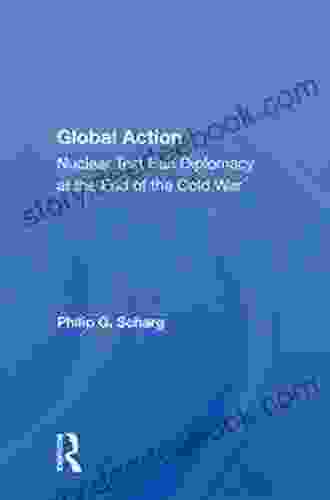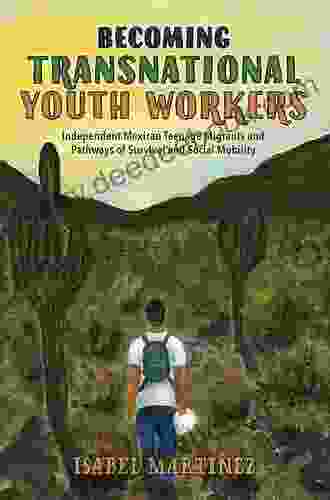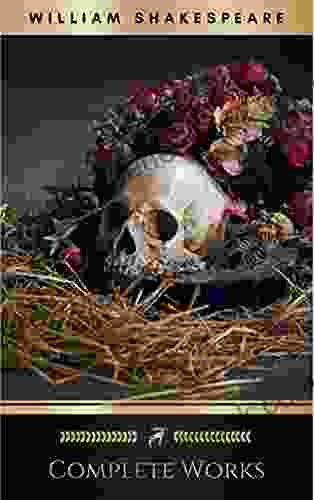Nuclear Test Ban Diplomacy at the End of the Cold War: A Comprehensive Overview

5 out of 5
| Language | : | English |
| File size | : | 2543 KB |
| Text-to-Speech | : | Enabled |
| Enhanced typesetting | : | Enabled |
| Word Wise | : | Enabled |
| Print length | : | 248 pages |
| Screen Reader | : | Supported |
During the Cold War, the nuclear arms race between the United States and the Soviet Union reached unprecedented heights, fueling fears of a catastrophic nuclear conflict. The prospect of nuclear tests and the subsequent radioactive fallout raised global concerns about the devastating effects on human health and the environment.
Amidst this tense climate, diplomatic efforts emerged to curb nuclear testing and promote arms control. This article delves into the intricate diplomacy that unfolded at the end of the Cold War, leading to the negotiation and eventual ratification of the Comprehensive Nuclear-Test-Ban Treaty (CTBT).
Motivations for Nuclear Test Ban Diplomacy
Several factors contributed to the growing momentum for nuclear test ban negotiations:
- Public Outcry: The tragic consequences of nuclear testing on human health and the environment became increasingly apparent, sparking public protests and international pressure to end the practice.
- Scientific Advances: Technological advancements in seismic monitoring allowed for more effective detection and identification of nuclear explosions, facilitating verification and compliance.
- Geopolitical Shifts: The end of the Cold War eased tensions between the superpowers, creating a more conducive environment for arms control negotiations.
Early Negotiations: The Limited Nuclear Test Ban Treaty
The first significant step towards a nuclear test ban was the Limited Nuclear Test Ban Treaty (LTBT),signed in 1963 by the United States, the Soviet Union, and the United Kingdom. This treaty prohibited nuclear weapon tests in the atmosphere, underwater, and in outer space, while allowing underground tests to continue.
The LTBT represented a crucial milestone, but its limitations raised concerns about the continued development and testing of nuclear weapons underground. Moreover, other nuclear powers, such as France and China, did not sign the treaty, undermining its global effectiveness.
Pursuit of a Comprehensive Ban: The CTBT
In the years that followed, diplomatic efforts intensified to achieve a comprehensive nuclear test ban. In 1992, the United Nations General Assembly passed a resolution calling for an immediate cessation of all nuclear testing.
A Conference on Disarmament was convened in Geneva to negotiate a comprehensive treaty. After protracted deliberations, the CTBT was adopted in 1996. It prohibited all nuclear weapon test explosions, for both military and civilian purposes.
Key Provisions of the CTBT
The CTBT established a rigorous verification regime to ensure compliance. The treaty included provisions for:
- On-site Inspections: Parties could request inspections at suspected test sites to verify compliance.
- International Monitoring System: A global network of seismic, hydroacoustic, infrasound, and radionuclide monitoring stations provided continuous detection and analysis of potential nuclear explosions.
- Consultative Mechanism: A consultative process was established to resolve any compliance concerns or disputes.
Challenges and Controversies
Despite the wide support for the CTBT, it faced significant challenges:
- Verification Difficulties: Verifying compliance with the CTBT posed technical and political challenges, particularly for on-site inspections.
- Opposition from India and Pakistan: Both countries refused to sign the CTBT, citing security concerns and the need to maintain their nuclear deterrence.
- US Senate Rejection: In 1999, the US Senate rejected the CTBT, dealing a major setback to the treaty's entry into force.
The Legacy of Nuclear Test Ban Diplomacy
Despite the ongoing challenges, the nuclear test ban diplomacy at the end of the Cold War made significant contributions to arms control and nuclear disarmament:
- Reduced Nuclear Test Explosions: The LTBT and CTBT substantially reduced the number of nuclear tests conducted, limiting the spread of nuclear fallout and radioactive contamination.
- Enhanced Verification Mechanisms: The development of advanced monitoring technologies and verification protocols strengthened the ability to detect and investigate potential nuclear explosions.
- Diplomatic Cooperation: The negotiations and implementation of the nuclear test ban treaties fostered cooperation between nations, promoting a shared understanding of the importance of nuclear disarmament.
The nuclear test ban diplomacy at the end of the Cold War was a complex and multifaceted process that involved a convergence of factors, including public pressure, technological advancements, and geopolitical shifts. It culminated in the negotiation of the Comprehensive Nuclear-Test-Ban Treaty, a landmark achievement in the pursuit of nuclear disarmament and non-proliferation.
While challenges and controversies persist, the CTBT remains a vital instrument for preventing nuclear weapon tests and maintaining international peace and security. It serves as a testament to the enduring commitment of the international community to limit the catastrophic consequences of nuclear weapons and to promote a nuclear-free world.
5 out of 5
| Language | : | English |
| File size | : | 2543 KB |
| Text-to-Speech | : | Enabled |
| Enhanced typesetting | : | Enabled |
| Word Wise | : | Enabled |
| Print length | : | 248 pages |
| Screen Reader | : | Supported |
Do you want to contribute by writing guest posts on this blog?
Please contact us and send us a resume of previous articles that you have written.
 Text
Text Genre
Genre Paperback
Paperback E-book
E-book Paragraph
Paragraph Bookmark
Bookmark Shelf
Shelf Glossary
Glossary Bibliography
Bibliography Foreword
Foreword Synopsis
Synopsis Footnote
Footnote Scroll
Scroll Codex
Codex Tome
Tome Bestseller
Bestseller Narrative
Narrative Reference
Reference Encyclopedia
Encyclopedia Dictionary
Dictionary Narrator
Narrator Character
Character Resolution
Resolution Librarian
Librarian Card Catalog
Card Catalog Borrowing
Borrowing Archives
Archives Periodicals
Periodicals Research
Research Academic
Academic Rare Books
Rare Books Special Collections
Special Collections Interlibrary
Interlibrary Literacy
Literacy Thesis
Thesis Dissertation
Dissertation Storytelling
Storytelling Reading List
Reading List Book Club
Book Club Textbooks
Textbooks Victor Vahl
Victor Vahl Roger Cohen
Roger Cohen Sheila Gates
Sheila Gates Max Candee
Max Candee Tom Demichael
Tom Demichael Mya Grey
Mya Grey Nancy Streza
Nancy Streza Jason Matthiopoulos
Jason Matthiopoulos Kirsten Anderson
Kirsten Anderson Philip Shelper
Philip Shelper Karl Bradshaw White
Karl Bradshaw White Sara Alexi
Sara Alexi Brian Izzard
Brian Izzard Lisa Burke
Lisa Burke Brett Bara
Brett Bara Don Latarski
Don Latarski S Kobayashi
S Kobayashi Nicholas Ind
Nicholas Ind Patrick Mccarty Phd
Patrick Mccarty Phd Carly Phillips
Carly Phillips
Light bulbAdvertise smarter! Our strategic ad space ensures maximum exposure. Reserve your spot today!
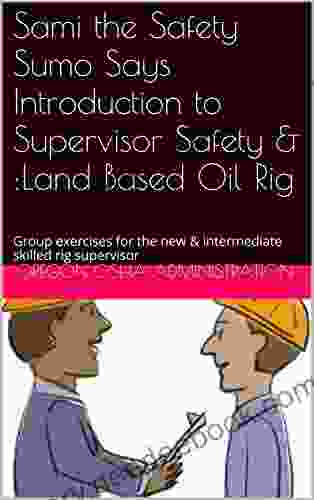
 Jayson PowellEverything You Need to Know About Land Based Oil Rigs: A Comprehensive Guide
Jayson PowellEverything You Need to Know About Land Based Oil Rigs: A Comprehensive Guide
 Jeremy MitchellSelf Care For Black Women Who Do Too Much: Love Yourself Deeply, Achieve Self
Jeremy MitchellSelf Care For Black Women Who Do Too Much: Love Yourself Deeply, Achieve Self
 Harry Cook"Boy Swallows Universe": A Comprehensive Literary Analysis of Trent Dalton's...
Harry Cook"Boy Swallows Universe": A Comprehensive Literary Analysis of Trent Dalton's... Hudson HayesFollow ·3.6k
Hudson HayesFollow ·3.6k Vince HayesFollow ·14.3k
Vince HayesFollow ·14.3k Derrick HughesFollow ·10.8k
Derrick HughesFollow ·10.8k Eric NelsonFollow ·14.3k
Eric NelsonFollow ·14.3k Jaylen MitchellFollow ·9.5k
Jaylen MitchellFollow ·9.5k Angelo WardFollow ·10.7k
Angelo WardFollow ·10.7k Hamilton BellFollow ·6k
Hamilton BellFollow ·6k Reed MitchellFollow ·9k
Reed MitchellFollow ·9k
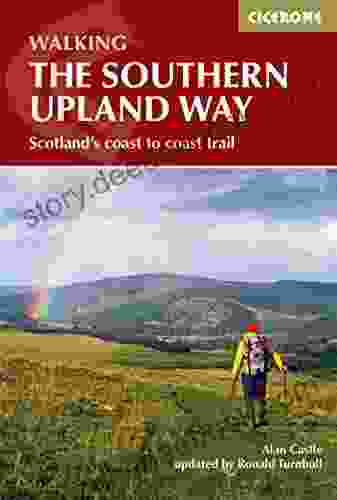
 Matt Reed
Matt ReedTrekking the Breathtaking Scotland Coast to Coast Trail:...
Lace up your...

 Deacon Bell
Deacon BellThe Easy Guide to Playing Piano Scales: Piano Lessons for...
Piano scales...

 Fred Foster
Fred FosterUnveiling the Enthralling Best Friends to Lovers Romance...
Westbury Warriors: Where Love...

 T.S. Eliot
T.S. EliotHow To Dramatically Increase Your Profits And Sales...
Are you looking...

 Aaron Brooks
Aaron BrooksSummer at Stallion Ridge by Delores Fossen: A Thrilling...
Immerse Yourself in the...
5 out of 5
| Language | : | English |
| File size | : | 2543 KB |
| Text-to-Speech | : | Enabled |
| Enhanced typesetting | : | Enabled |
| Word Wise | : | Enabled |
| Print length | : | 248 pages |
| Screen Reader | : | Supported |


